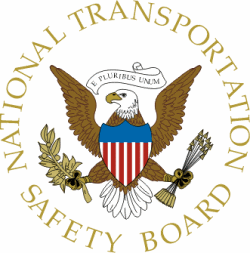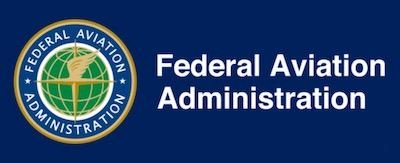Future Imperfect
The business of delineating the uppermost reaches of Earth’s atmosphere from the cold emptiness of space is a vague and complex one.

Throughout the heady days of Cold War air and space exploration, pilots of machines like Bell’s X-2 and North American’s X-5 spoke in reverential whispers of the nebulous boundary between the blue and the black, and how carelessness in the vicinity of such was wholly inconsistent with the enterprise of living a long, fruitful life.
In addition to maintaining the vigor of the pilot gene pool, the boundary of space—insomuch as aircraft and spacecraft fall under different jurisdictions and are subject to different international treaties—serves important legal and regulatory functions.
In the late 1950s, the Fédération Aéronautique Internationale (FAI), an international aeronautic record-keeping body, established the Kármán line for purpose of formally defining space’s edge. While experts disagree to this day about precisely where the atmosphere ends and space begins, the Kármán line sets the boundary at one-hundred-kilometers (62-miles) above Earth’s mean-sea-level. Ergo, aeronautics comprises all aerial activity—including air-transport, aerial warfare, general aviation, and nude skydiving—within one-hundred-kilometers of the Earth's surface, and astronautics encompasses everything above.
After the fashion of all world-changing technologies, the advent of commercial spaceflight has raised a multitude of technical, ethical, procedural, and regulatory conundrums—not the least of which is how, precisely, incidents and accidents involving spacecraft are to be investigated.

In a rare and wondrous instance of regulatory foresight, National Transportation Safety Board Chair Jennifer Homendy and Federal Aviation Administration Acting Administrator Billy Nolen have signed an agreement clarifying the roles their respective agencies will play in the investigation of commercial space mishaps.
The NTSB will be the lead investigative agency for commercial space launch or reentry mishaps that result in:
- A fatality or serious injury to any person, regardless of whether the person was on board the commercial space launch or reentry vehicle.
- Damage to property not associated with the commercial space launch or reentry activities or the launch site, from debris that could reasonably be expected to cause death or serious injury.
The FAA will be the lead investigative agency for all other commercial space mishaps.
In addition to identifying the respective investigative responsibilities, interagency notification procedures and reporting responsibilities of the NTSB and FAA in connection with commercial space mishap investigations, the new Memorandum of Agreement—the first between the two agencies in 22-years—prescribes the manners in which the two agencies will coordinate the allocation of limited resources, personnel, and services.
NTSB chairwoman Jennifer Homendy states: “I want to thank Acting Administrator Nolen and the FAA for working with us to modernize this vital agreement. The NTSB's working relationship with the FAA, much like the procedures outlined in the memo, has been transformed for a new era of commercial spaceflight. The American people are safer for it."
 Aero-TV: DeltaHawks Diesel Power Steps Into the Spotlight
Aero-TV: DeltaHawks Diesel Power Steps Into the Spotlight NTSB Prelim: Mooney Aircraft Corp. M20K
NTSB Prelim: Mooney Aircraft Corp. M20K ANN FAQ: Turn On Post Notifications
ANN FAQ: Turn On Post Notifications ANN's Daily Aero-Linx (12.20.25)
ANN's Daily Aero-Linx (12.20.25) Aero-News: Quote of the Day (12.20.25)
Aero-News: Quote of the Day (12.20.25)




